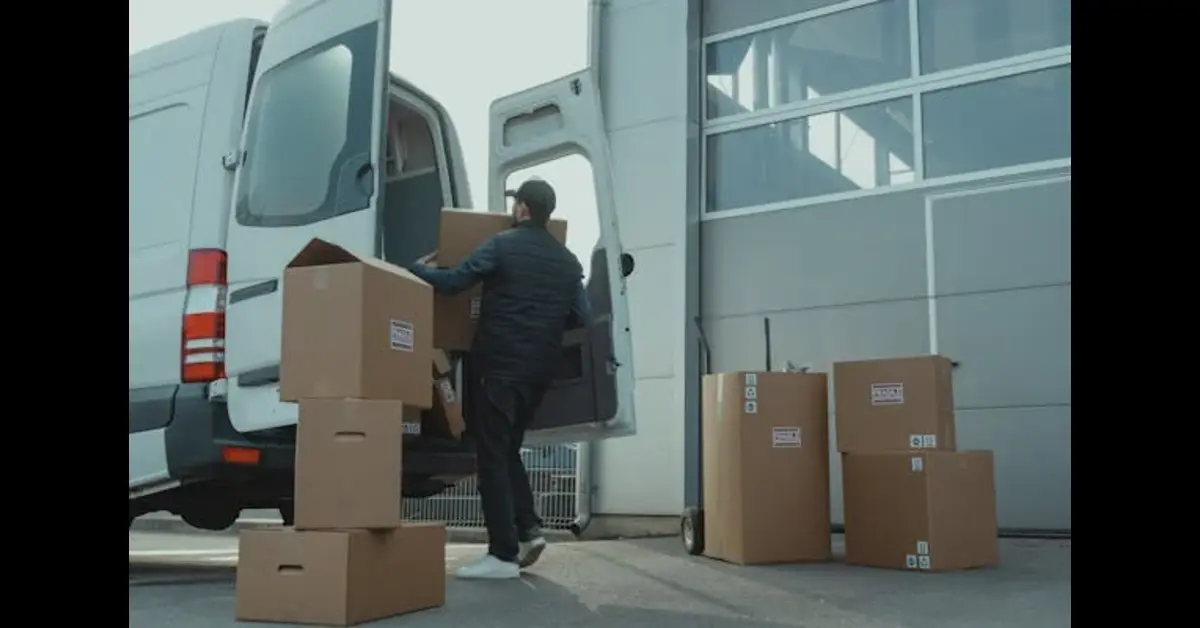Introduction
allinurl: automotive towing equipment hitches balls when it comes to towing, having the right equipment is essential. Whether hauling a boat, a trailer, or a camper, you need reliable towing tools to ensure a safe journey. Let’s dive into the details of automotive towing equipment, including hitches, balls, and their applications.
What is Automotive Towing Equipment?
allinurl: automotive towing equipment hitches balls automotive towing equipment refers to the accessories and tools used to connect your vehicle to the trailer or load you’re pulling. This equipment allows you to tow safely and effectively, with options tailored to various vehicle capacities and towing needs. Towing hitches, balls, mounts, and couplers are some of the most essential components.
Types of Towing Hitches
- Receiver Hitch
- The most common type of hitch, receiver hitches, come in multiple classes based on weight capacity. They’re versatile and used for a wide range of towing needs.
- Gooseneck Hitch
- Ideal for heavy-duty towing, gooseneck hitches are primarily installed in trucks. They provide stability and are typically used for towing large loads like horse trailers and RVs.
- Fifth-Wheel Hitch
- Known for its strength, the fifth-wheel hitch is used for hefty trailers. Installed in the truck bed, it distributes weight effectively, making it an excellent choice for towing large campers.
- Bumper Hitch
- For lighter loads, bumper hitches attach directly to the vehicle’s bumper. They suit smaller trailers but should not be used for heavy-duty towing.
Choosing the Right Hitch Ball
Each hitch ball is designed with a specific purpose and capacity. Here’s a look at popular options:
- Standard Hitch Ball is the most common type for general towing needs.
- Oversized Hitch Ball: Used for larger trailers and heavier loads, providing more excellent stability.
- Adjustable Hitch Ball: Allows you to adjust the height, making it suitable for various trailer heights.
The hitch ball size you choose should match your trailer’s coupler size. Typically, sizes range from 1 7/8 inches to 2 5/16 inches.
Towing Mounts and Couplers
allinurl: automotive towing equipment hitches balls mounts and couplers play crucial roles in connecting the hitch and the trailer. Here’s what you need to know:
- Hitch Mounts: A hitch mount, or ball mount, is a metal component that slides into the receiver hitch. You’ll choose your mount based on the rise or drop needed to ensure your trailer is level.
- Trailer Couplers: The coupler connects the trailer to the hitch ball and should match the size of the hitch ball strictly for a secure fit.
Tips for Safe Towing
- Check Your Towing Capacity
- Ensure your vehicle can handle the weight of your load. Exceeding towing capacity can lead to dangerous situations.
- Inspect Equipment Regularly
- Before each trip, inspect your hitch, ball, and other towing equipment for wear and tear. Replace any damaged components immediately.
- Distribute Weight Evenly
- Proper weight distribution prevents trailer sway, improving stability and control.
- Drive Cautiously
- Towing adds weight and alters your vehicle’s handling. Practice safe driving habits, such as reducing speed and avoiding sharp turns.
Maintaining Your Towing Equipment
Regular maintenance is essential for towing safety. Clean your hitch and ball after each use, and apply grease to moving parts to reduce friction—store towing components in a dry place to prevent rust.
